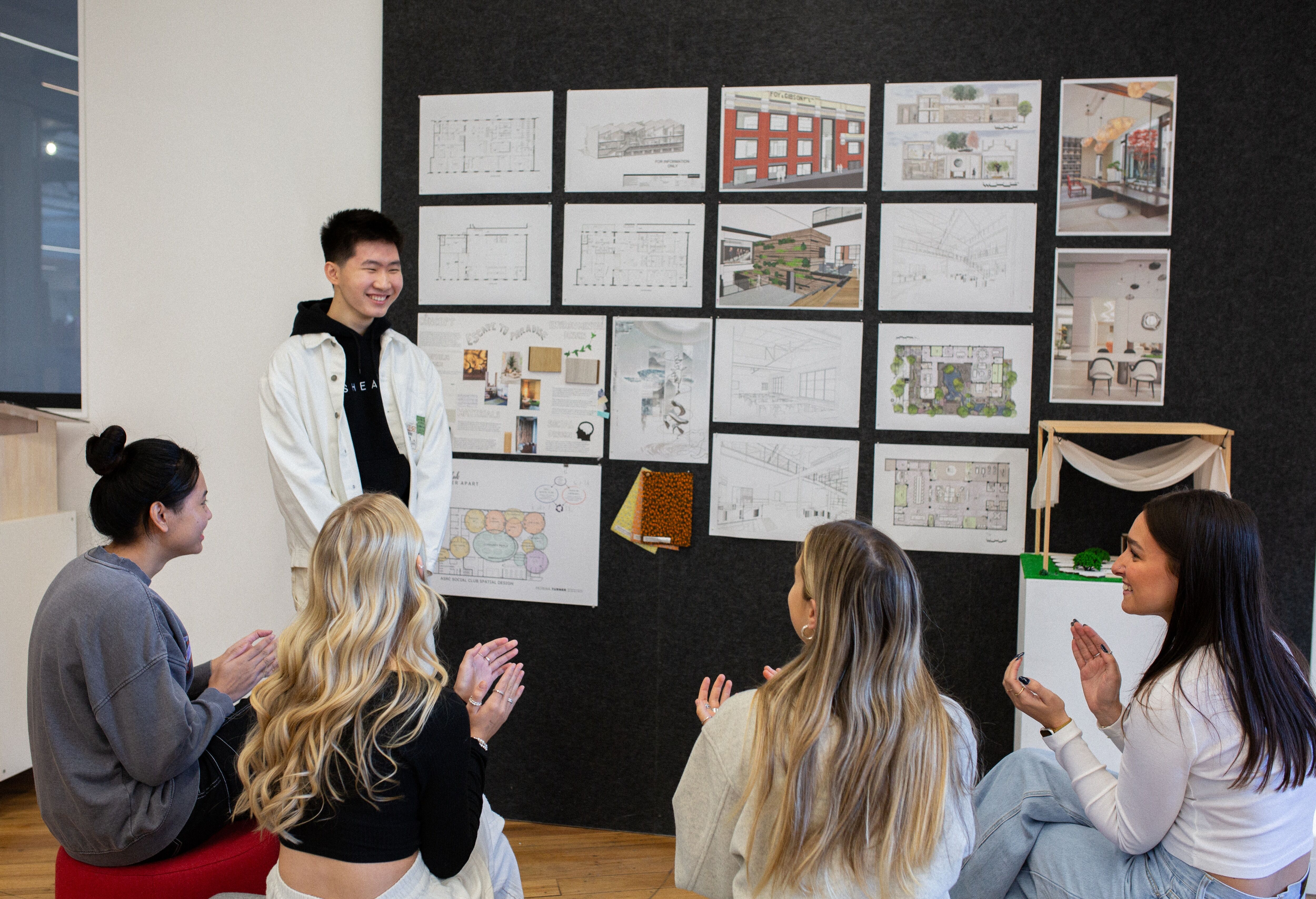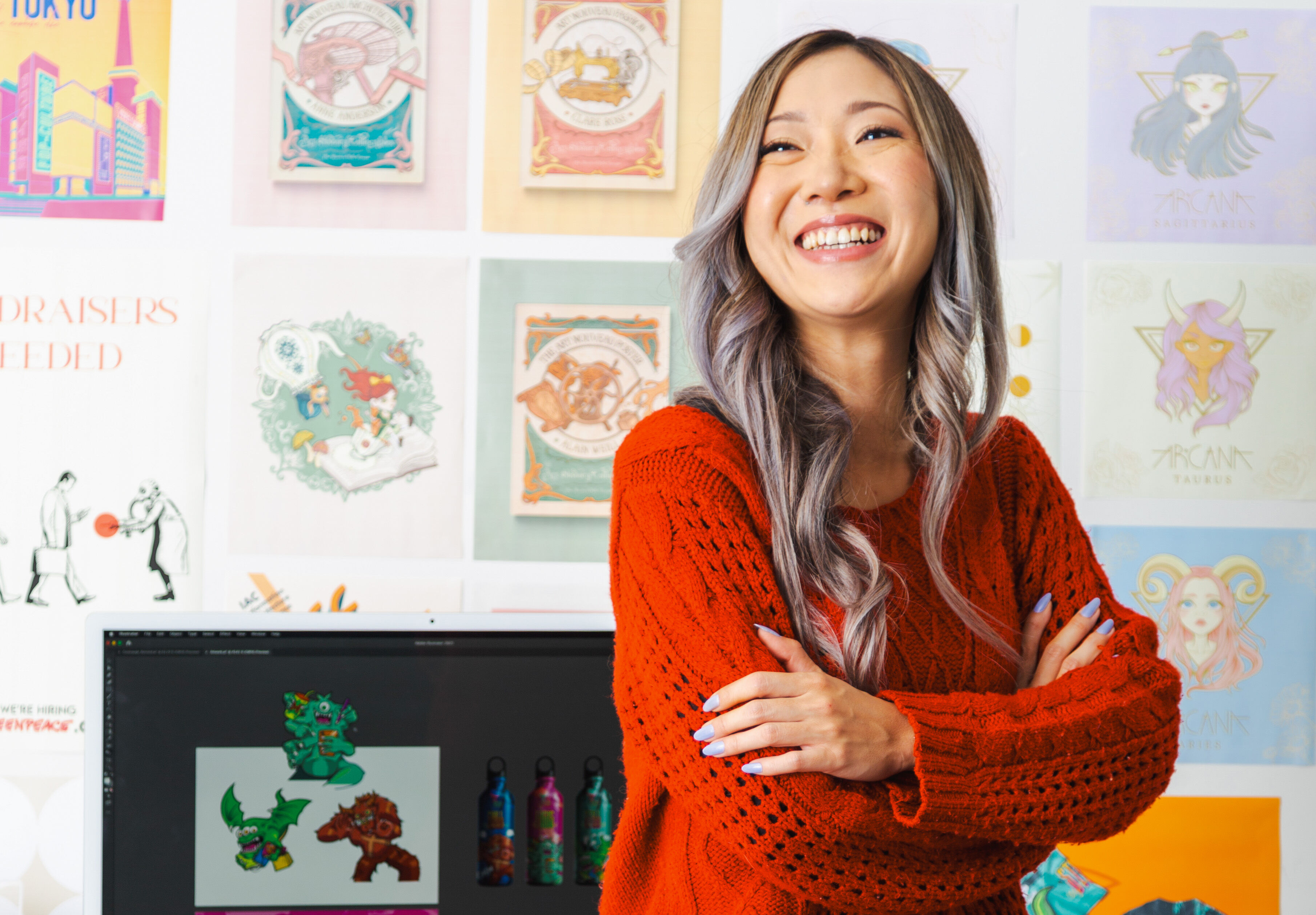
Let's dispel a myth: Choosing a creative education isn't a departure from pragmatism. On the contrary, it's a practical, strategic decision aligned with the demands of the modern workforce.
Navigating today’s evolving landscapes demands more than knowledge. A certain flair, a creative spark that ignites innovation, is what really drives change. Creativity in education, often seen as a nice-to-have, is rapidly emerging as a must, a fundamental characteristic, or skillset, shaping individuals who are not just job-ready but life-ready, prepared to tackle the unknown challenges of tomorrow.

The Creative Imperative
Change is the only constant, and traditional learning models find themselves at a crossroads. The need to foster creative thinking alongside analytical prowess has never been more critical. To stay relevant and to serve its learners and their future, higher education must prioritize equipping learners not just with information, but with the ability to reimagine information, see beyond the obvious, question, and transform.
This is where creativity in education becomes not just an asset but a necessity. It's about nurturing minds that are flexible, adaptable, and, above all, innovative. Today’s aspiring minds are the architects of the future, poised to solve the complex puzzles of tomorrow with elegance and ingenuity. LCI Education has, since its inception, pioneered creative processes, hands-on learning, empathetic approaches, and innovative, responsive design.

Design Thinking: A Canvas for Creativity
Design Thinking is a methodology that embodies the essence of creativity in education. Design Thinking is a journey through empathy, ideation, prototyping, and testing that leads to solutions that are not only effective but meaningful and user centric. It is not a method of answering questions, but a framework for discovering the right questions by challenging assumptions and exploring new possibilities.
Design Thinking teaches us to embrace failure as a stepping-stone to success, encouraging a mindset where every setback is a chance to learn, to grow, and to innovate. It's a way of thinking that can illuminate paths across all disciplines, from the arts, to technologies, to business, and beyond.
When education puts these principles at the centre of the learning experience, creativity isn’t just for bonus points, it’s the core of success. It is the point.
Let's dispel a myth: Choosing a creative education isn't a departure from pragmatism. On the contrary, it's a practical, strategic decision aligned with the demands of the modern workforce.
Creativity: Path to Personal Growth & Practical Career Choice
Pursuing a creative education is embarking on a journey of personal discovery, unlocking your potential, exploring passions, and developing a unique voice. The journey is as much about cultivating self-awareness and confidence as it is about acquiring skills and knowledge.
But let's dispel a myth: Choosing a creative education isn't a departure from pragmatism. On the contrary, it's a practical, strategic decision aligned with the demands of the modern workforce. Today's employers aren't just looking for technical skills; they're seeking individuals who can think on their feet, who can reimagine and refresh perspectives, who can lead with empathy and insight.
The world's most pressing challenges demand creative solutions, and those equipped with the ability to think creatively lead the charge. Whether in the realms of technology, healthcare, education, or the arts, creativity is the currency of innovation.
The Role of Institutions in Fostering Creativity
Educational institutions play a pivotal role in this narrative. It's their responsibility to create environments that foster creativity, to encourage risk-taking, to champion interdisciplinary learning, and to celebrate diversity of thought. This involves not just imparting knowledge but also facilitating experiences that shape creative thinkers and doers.
Institutions that embrace this ethos, that integrate methodologies like Design Thinking into their curricula, are not just educating; they're inspiring. They're preparing individuals for a career and a life of innovation, meaningful contributions to society, and personal fulfillment.
Creativity Leads Change
Embracing creativity in education is acknowledging the boundless potential of the human mind. Through methodologies like Design Thinking, education can transcend traditional boundaries, nurturing individuals who are ready not just to navigate the future, but to shape it.
In the end, a creative education is more than a path to personal growth and a practical career choice; it's a journey towards designing the future, and a toolkit for building a world where innovation is at the heart of solving our most complex challenges.